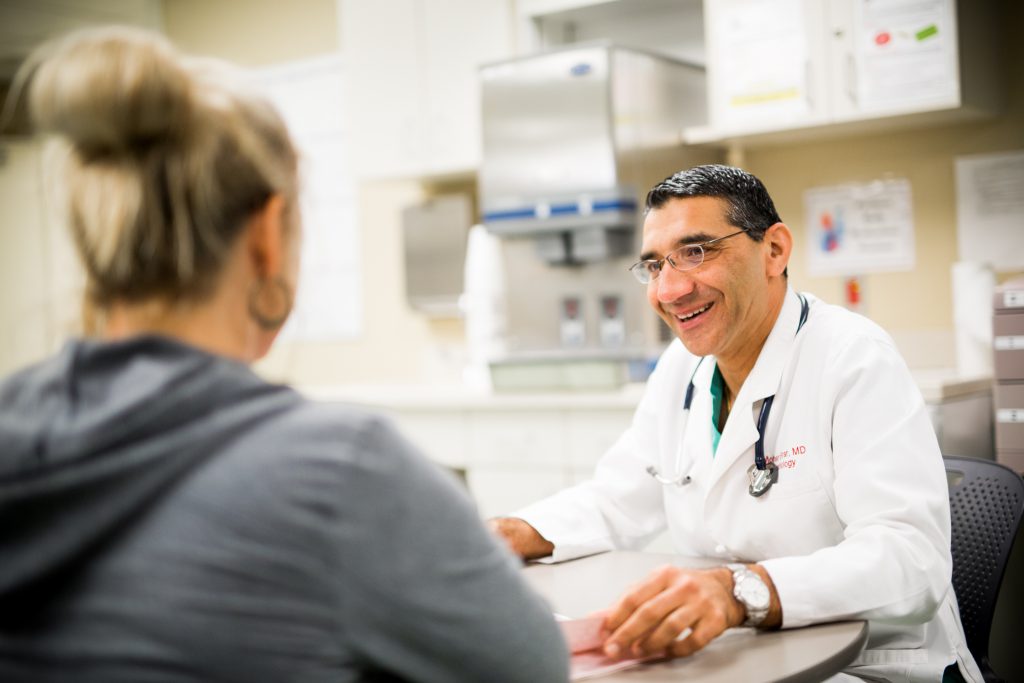Start young, live a healthy lifestyle and know your family history.
That’s the stroke prevention advice of St. Elizabeth Healthcare Vascular Surgeon Dr. James Bardgett. He underscores that final fact – family history is the number one risk factor for strokes.
“You’ve got to start when you are young,” said Bardgett. Trying to fix problems that have accumulated over years is difficult. But when a 25-year-old makes informed choices about diet and exercise, he or she can lessen their chances of a stroke – the nation’s fourth leading cause of death.
Those with a family history of stroke – parents, siblings, aunts, uncles and grandparents – need to be very aware of the dangers as well as warning signs of a stroke. Seconds matter if you suspect someone is having a stroke; call 911 immediately and clearly state the situation.
“Talk to your grandchildren about these problems,” advised Bardgett, “not to scare but to inform good, lifelong decisions.”
Other risk factors include:
- High blood pressure
- Smoking
- High cholesterol
- Diabetes
- Coronary heart disease
- Atrial fibrillation
- Obesity
- Age
- Alcohol and illegal drug use, including cocaine and amphetamines
African Americans, Alaska Native and American Indian adults are at higher risk than Caucasians, Hispanic or Asian Americans.
Patients with heart problems, circulation issues in their legs, chronic hypertension, or high cholesterol are at higher risk for strokes, said Bardgett.
These are the main health considerations patients need to discuss with their primary care physicians. They need to be incorporated into the equation: what are the patient’s risks and what else needs to be considered so actions can be taken to prevent a stroke.
“That’s always the ideal,” said Bardgett.
With the proper education, people can start making better decisions earlier in life, and doctors can order the appropriate screenings and tests. “There are things that can be monitored,” said the surgeon.
It’s important for patients to learn the signs and symptoms at age 30 or 40, and it’s certainly much better to stop smoking long before that.
“We don’t need to scare grade school children; and high school kids won’t listen,” he said. But young adults in their 20’s can start to make long-term decisions to eat right and exercise more.
Many people think strokes just afflict the very old, and that’s not so. At age 45 or 50, if risk factors exist, it’s time to discuss screenings with the family doctor.
Act F.A.S.T.
Face: Facial droop; uneven smile
Arm: Arm numbness or weakness
Speech: Slurred speech; difficulty speaking or understanding
Time: Call 911. Get to the hospital immediately

